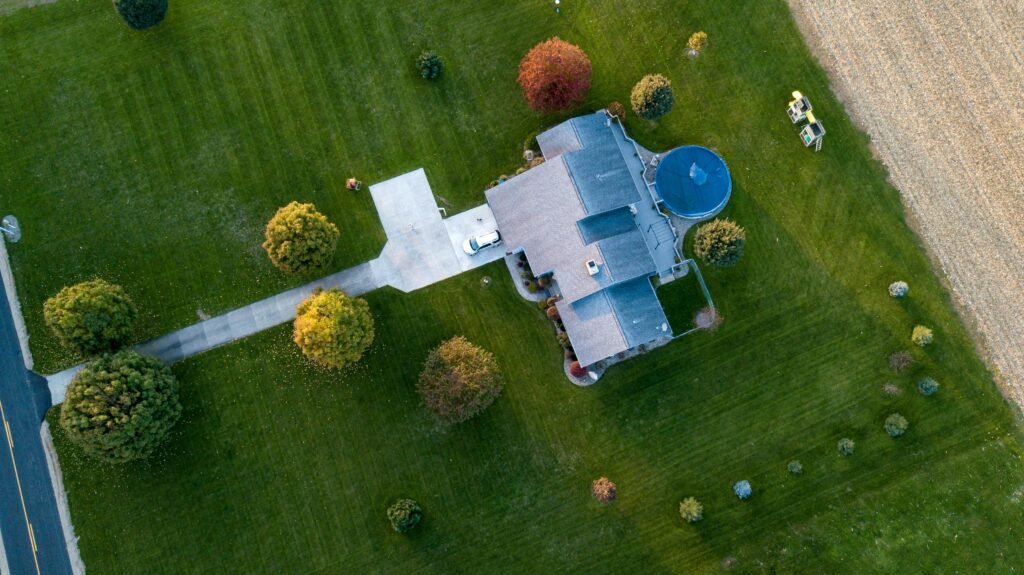
Rural property financing with collateral is a financing option for purchasing land, farms, or rural homes, using the property as security for the loan. This approach is ideal for farmers, investors, or those seeking a countryside lifestyle. This article explores how it works, the benefits, challenges, and tips to secure the best terms in 2025.
What is Rural Property Financing with Collateral?
This financing allows buyers to purchase rural properties—like farmland, ranches, or recreational land—with the property itself serving as collateral. If the borrower defaults, the lender can seize the property. The collateral reduces lender risk, enabling lower interest rates and longer terms.
Differences from Urban Financing
- Purpose: Rural properties are often for agriculture, livestock, or leisure, unlike urban homes.
- Appraisal: Rural properties require soil, location, and productivity assessments.
- Specialized programs: Lenders offer loans tailored to rural and agricultural needs.
Benefits of Financing with Collateral
1. Lower Interest Rates
The property’s collateral status reduces rates compared to unsecured loans.
2. Extended Terms
Rural loans often have terms of 20–30 years, easing monthly payments.
3. Income Potential
Rural properties can generate revenue through farming, leasing, or tourism.
Requirements for Rural Property Financing
1. Property Documentation
- Updated title deed.
- No liens or encumbrances.
- Soil and productivity appraisals.
2. Financial Profile
- Income verification, including for self-employed borrowers.
- Decent credit score (600+ preferred).
- Payments not exceeding 30%–40% of income.
3. Down Payment
Typically 10%–30% of the property’s value, depending on the borrower’s profile.
Top Lenders in 2025
1. Farm Credit System
A leading provider of rural financing with competitive rates.
2. USDA Rural Development
Offers loans like the Section 502 Direct Loan for rural homebuyers.
3. Wells Fargo
Provides rural property loans with flexible terms.
4. Local Credit Unions
Often offer tailored rural financing for regional buyers.
Strategies for Better Terms
1. Leverage Rural Programs
USDA and Farm Credit programs provide subsidized rates for farmers and rural residents.
2. Offer Additional Collateral
Other assets, like equipment or urban property, can lower rates.
3. Present a Business Plan
For productive properties, a plan outlining revenue potential can sway lenders.
4. Time Your Application
Apply during periods of low interest rates or high demand for rural loans.
Advantages and Disadvantages
Advantages
- Affordable rates: Collateral reduces interest costs.
- Flexible terms: Long repayment periods.
- Revenue potential: Properties can generate income.
Disadvantages
- Risk of loss: Defaulting leads to property seizure.
- Complex appraisals: Rural properties require detailed evaluations.
- Upfront costs: Appraisals and fees can be significant.
Practical Tips
- Use loan calculators: Estimate payments with lender tools.
- Consult agronomists: Professional appraisals strengthen applications.
- Plan usage: Decide if the property is for farming, leasing, or personal use.
- Seek subsidies: Government programs can offset costs.
Conclusion
Rural property financing with collateral is a powerful tool for investing in the countryside, whether for agriculture or leisure. With proper documentation, a solid financial profile, and market research, you can secure attractive terms. Explore rural programs, negotiate with lenders, and consult experts to make your rural property dream a reality in 2025!